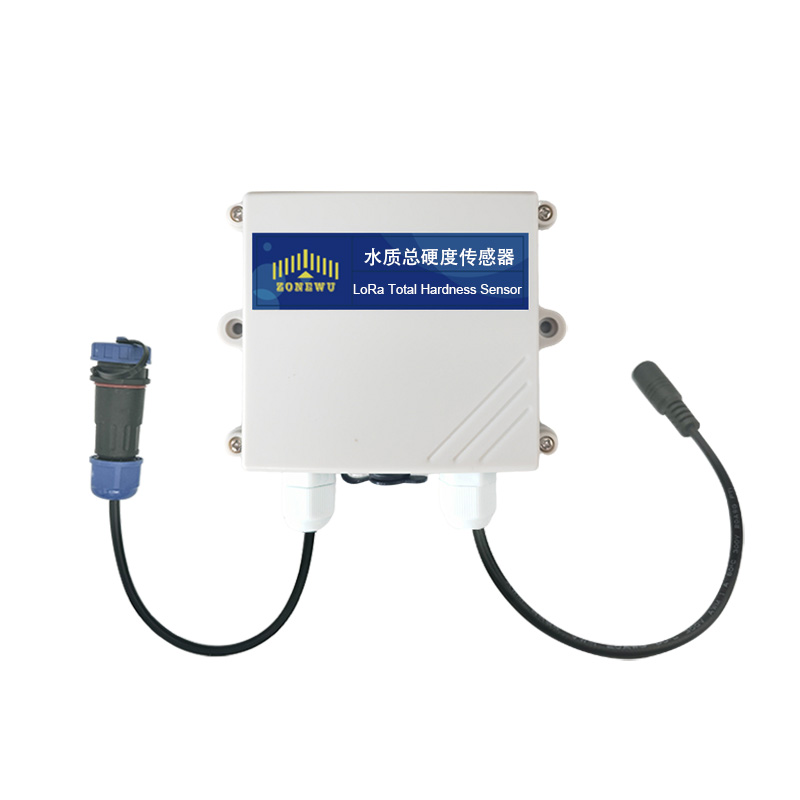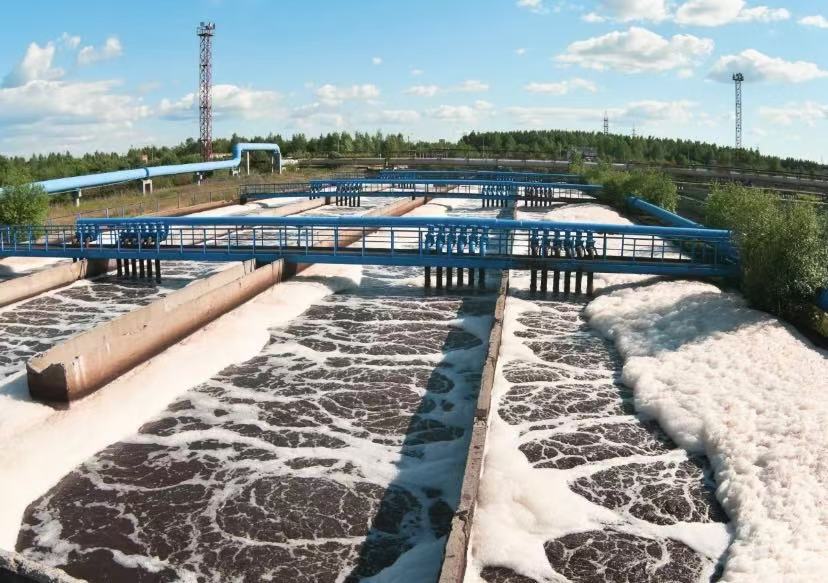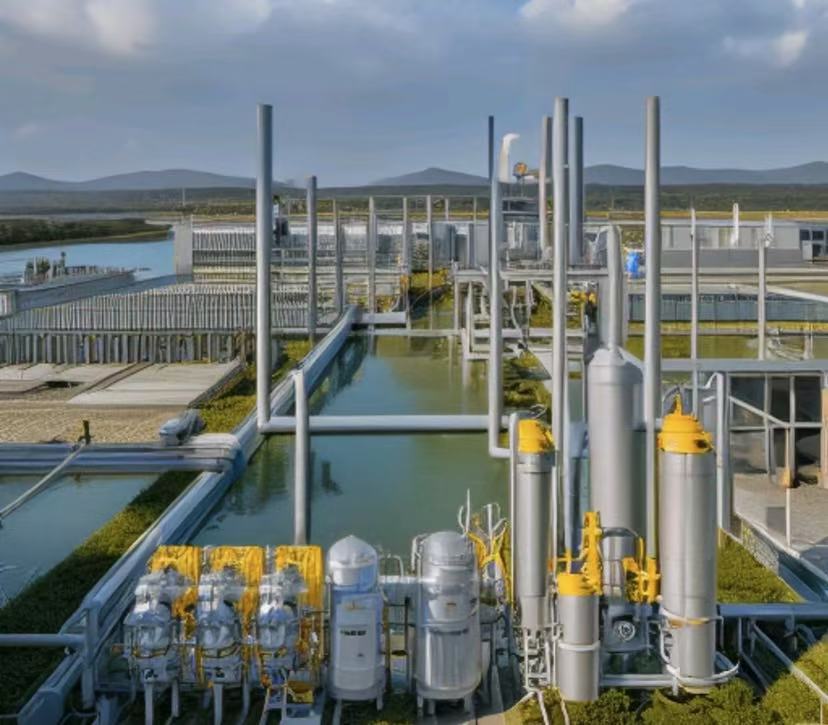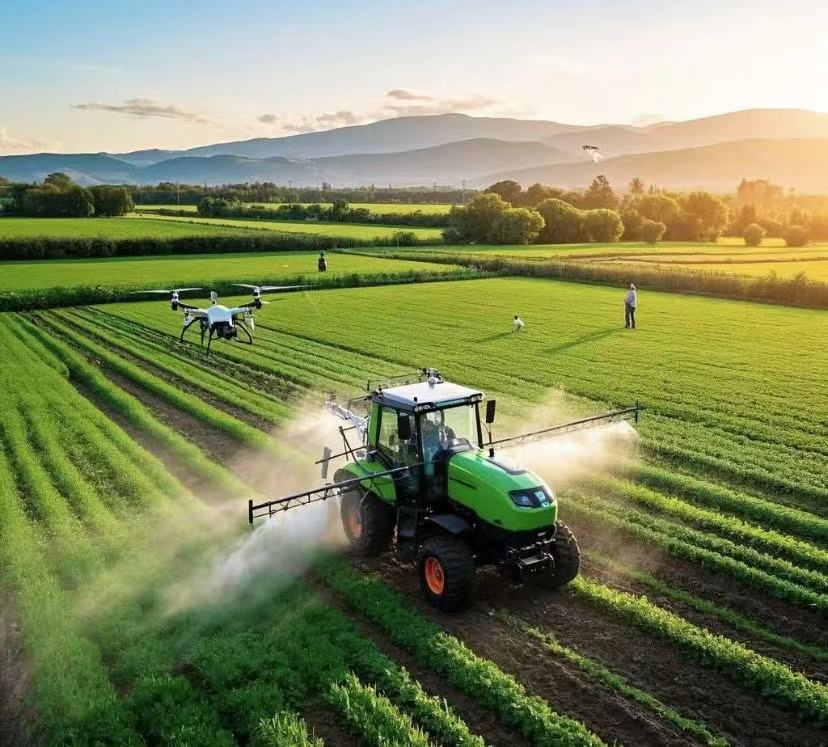Water hardness is an important indicator for measuring the content of calcium (Ca2+) and magnesium (Mg2+) ions in water, which directly affects water quality safety, industrial production, and daily life. Although traditional water hardness testing methods such as EDTA titration are accurate, they are complex to operate and time-consuming, making it difficult to meet real-time monitoring requirements. With the development of sensing technology, water hardness sensors have been widely used in fields such as water treatment, food and beverage, agricultural irrigation, and smart homes due to their advantages of speed, accuracy, and automation.

Basic concepts of water hardness
The hardness of water refers to the total concentration of divalent metal ions such as calcium and magnesium dissolved in water, and is one of the important indicators for measuring water quality. Hardness is usually expressed in milligrams per liter (mg/L) or millimoles per liter (mmol/L) of calcium carbonate (CaCo3). According to international standards, the hardness of water can be divided into several levels: 0-60mg/L is soft water, 60-120mg/L is medium hardness water, 120-180mg/L is hard water, exceeding 180mg/L is hard water, and exceeding 180mg/L is extremely hard water.
The concept of water hardness was first proposed by the soap manufacturing industry, because they found that water in some areas needs more soap to produce foam. Modern science further distinguishes the hardness of water into "temporary hardness" (carbonate hardness) and "permanent hardness" (non carbonate hardness). Temporary hardness is mainly caused by bicarbonate of calcium and magnesium, which can be removed by boiling; And permanent hardness is caused by sulfates, chlorides, etc. of calcium and magnesium, which cannot be removed by simple heating.
The Origin and Geographic Distribution of Water Hardness
The main source of water hardness is the dissolution of minerals such as calcium and magnesium in water from nature. When rainwater or surface water seeps through rock layers containing limestone (mainly composed of calcium carbonate), dolomite (containing calcium magnesium carbonate), or gypsum (calcium carbonate), these minerals gradually dissolve in the water, thereby increasing the hardness of the water.
The distribution of water hardness shows significant regional differences worldwide. Generally, the groundwater hardness in limestone areas (such as most of Europe and North China Plain of China) is high; The water in granite areas, such as the Scandinavian Peninsula and the Canadian Shield, is softer. For example, most parts of Germany are known for their hard water, with a hardness often between 200-300mg/L; And Nordic countries such as Norway and Sweden mainly use soft water, with a hardness mostly below 50mg/L.
The distribution of water hardness in our country also shows obvious regional characteristics. Due to the widely distributed limestone stratum and arid and semi-arid climate in the North China Plain, the groundwater hardness is generally high, exceeding 300mg/L in many areas; In the south, such as the Yangtze River basin and the the Pearl River basin, the water hardness is relatively low, usually 50-150 mg/L, due to abundant precipitation and igneous or metamorphic rocks.
Working principle of water hardness sensor
The core task of a water hardness sensor is to detect the concentration of Ca2+ and Mg2+ in water, and its working principle is mainly based on the following technologies:
(1) Ion selective electrode (ISE)
Using calcium ion selective electrode or magnesium ion selective electrode, calculate hardness by measuring ion activity.
Advantages: Fast response (seconds to minutes), low cost, suitable for online monitoring.
Disadvantages: susceptible to interference from pH, temperature, and other ions (such as Na+, K+), requiring regular calibration.
(2) Optical sensor (colorimetric method)
Use specific color reagents (such as EDTA/calcium magnesium indicators) to react with Ca2+/Mg2+ and determine hardness through changes in absorbance.
Advantages: High precision, strong anti-interference ability, suitable for laboratories and portable devices.
Disadvantages: Requires reagent consumption and high maintenance costs.
(3) Conductivity/TDS sensor (indirect measurement)
Due to the increase in water conductivity caused by hard water ions (Ca2+, Mg2+), some sensors estimate hardness by measuring conductivity.
Advantages: Simple structure, no need for chemical reagents
Disadvantage: Due to the influence of other dissolved salts (such as NaCl), it is only suitable for rough estimation.
(4) Microfluidics and MEMS Technology
Combining microfluidic chips and nanomaterials to achieve high-sensitivity detection.
Advantages: miniaturization, low power consumption, suitable for Internet of Things (IoT) applications.
Disadvantages: High cost, still in the research and development stage.
Application areas of water hardness sensors

(1) Drinking water and sewage treatment
Intelligent water purifier: Real time monitoring of water quality, automatic adjustment of softening treatment (such as ion exchange resin regeneration)
Municipal water supply system: online monitoring of pipeline water quality to prevent pipeline scaling.

(2) Industrial applications
Boiler and cooling system: Hard water is prone to scale formation, and sensors can alert and optimize water treatment processes.
Food and beverage industry: The production of beer and mineral water requires strict control of hardness to ensure taste.

(3) Agricultural irrigation
High hardness water may clog drip irrigation systems, and sensors can optimize irrigation water quality management.

(4) Smart Home and Internet of Things (IoT)
Integrated into smart water meters, providing water quality data to help users adjust soft water equipment.
Technical Challenges and Development Trends
(1) Current technological bottleneck
Anti interference ability: Other ions in water (such as Fe2+, AI3+) may affect measurement accuracy.
Long term stability: Sensors are susceptible to contamination or aging and require frequent calibration.
Cost issue: High precision optical sensors are expensive and difficult to popularize.
(2) Future Development Trends
AI and big data analysis: Combining machine learning to optimize sensor calibration and improve accuracy.
Nanomaterials and biosensing: Such as graphene and quantum dot technology, enhance detection sensitivity.
Wireless Sensor Network (WSN): Implementing distributed water quality monitoring, suitable for smart cities.
conclusion
Water hardness sensors play a crucial role in ensuring water quality safety, optimizing industrial processes, and promoting intelligent water management. With the development of micro nano technology, artificial intelligence, and the Internet of Things, future water hardness sensors will evolve towards higher accuracy, lower cost, and stronger intelligence, providing efficient solutions for water resource management.